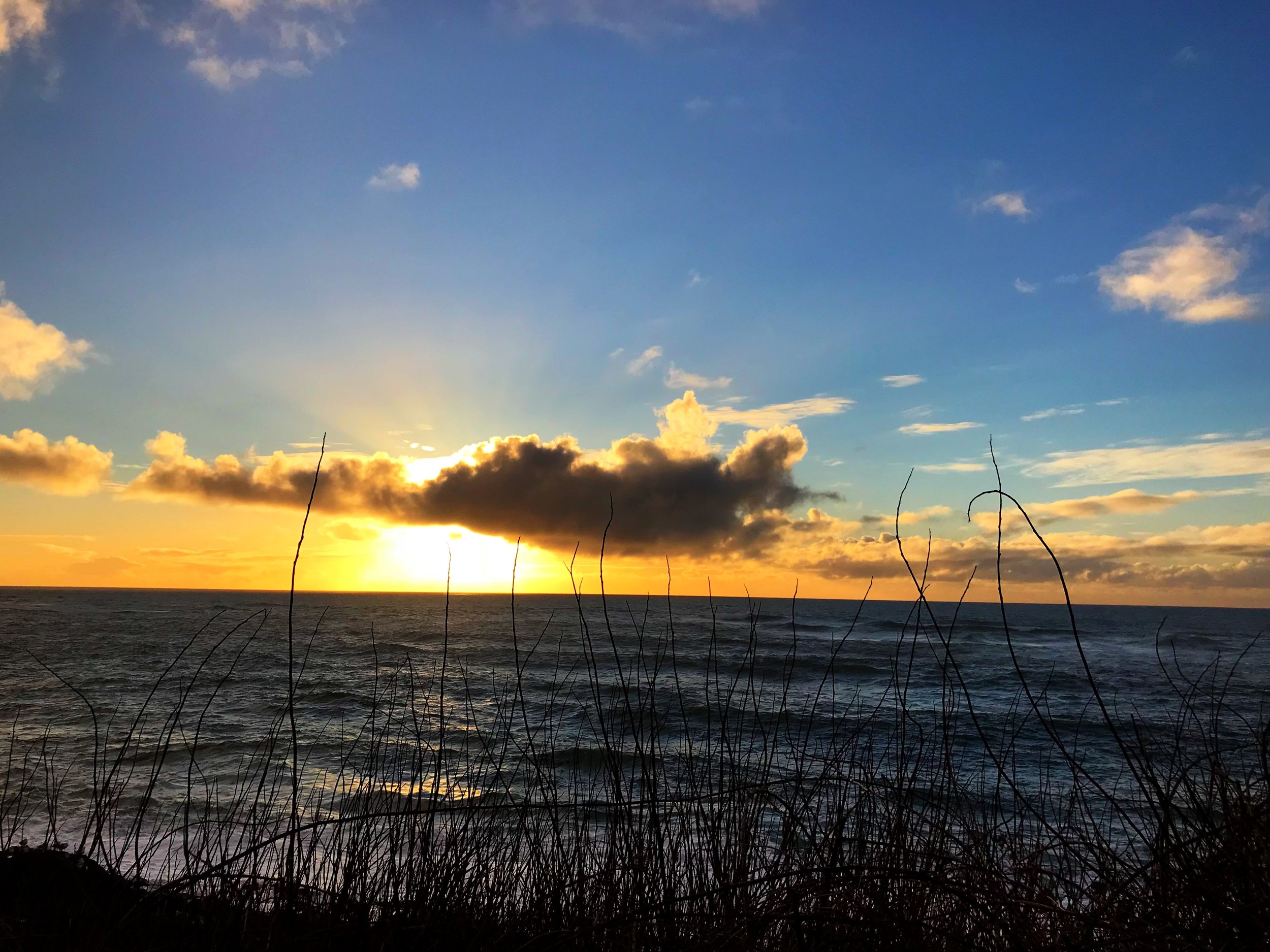
Our Story
There is compelling evidence that Sir Francis Drake spent the summer of 1579 at Whale Cove, Oregon, where he claimed the land for England, named it “New Albion,” and placed the local people under the protection of the British Crown. This was the very first instance of an English colony or protectorate being established on foreign shores, making Whale Cove the birthplace and first outpost of the British Empire.
~ Bob Ward, Founder, Drake in Oregon Society
Welcome to the Drake in Oregon Society.
We are a 501.c.3 non-profit foundation dedicated to establishing and publishing the truth about Francis Drake’s movements along the North American West Coast in 1579, during the course of his Famous Voyage around the world. {Note: The “Oregon” in the Society’s name refers to the old Oregon Territory, which included all the land west of the Rockies between Russian Alaska and Spanish California.}
These pages reflect the results of over thirty years of research by the Society’s founder, Bob Ward. The basic theory was first published in “Geographical”, the magazine of the Royal Geographical Society, in July 1981, and updated in the Map Collector Magazine, Winter 1988 Issue.
There is compelling evidence that Drake spent the summer of 1579 at Whale Cove, Oregon, where he claimed the land for England, named it “New Albion” and placed the local people under the protection of the British Crown. This was the very first instance of an English colony or protectorate being established on foreign shores, making Whale Cove the birthplace and first outpost of the British Empire.
The official account of the voyage placed the anchorage near San Francisco, but we present evidence here that this account was deliberately falsified to keep secret from arch-rivals Spain Drake's search for the fabled North West Passage, during which he discovered what is now British Columbia, Canada, and perhaps southeastern Alaska.
We follow a trail of clues to Whale Cove, and then offer intelligent speculation about the rest of Drake’s movements as he searched for the Strait.
We also look at what we are doing to find hard evidence to support our beliefs, including plans to eventually excavate what we believe is the small Spanish bark belonging to Rodrigo Tello, a ship that Drake captured off Costa Rica and left behind when he returned to England. This bark epitomizes the falsifications in the official account, which says that Drake took some of her merchandise and then let her go. However, detailed testimony from ten Spanish witnesses, including five of Tello’s crew, says that Drake took the bark, and gave them one of his pinnaces in return “because his need was greater than theirs.” His cousin John Drake testified that they left the bark at New Albion when Drake returned to England, and we can also demonstrate that he left a crew of about 25 to man her and try to return to England through the Northwest Passage after wintering on the Oregon coast. We believe that the ship is buried within a tidal mud flat near the mouth of the Salmon River, and we carried out some preliminary archaeological work at the site. Our probing may have located the same remains of the ship that local resident Ed Calkins claimed to have located in 1974, but our core sampling equipment was unable to recover any meaningful material for laboratory examination. At some point in the future, we hope to bring up artifactual evidence that will positively identify the ship as the one that Drake left behind. However, the process is costly and ongoing funding is a big issue, so we have put the project to one side for the moment.
‘Lost Harbor Found’
Own a copy of the publication that made this website possible.
This website is built on the work of British Historian Bob Ward, whose publication, ‘Lost Harbor Found,’ can be purchased for $10 (plus shipping for printed copies; no additional charge for emailed copies) from Mr. Ward directly. Click here to order yours! Proceeds will help fund the ongoing search for archaeological evidence of Drake’s time on the Oregon Coast.



